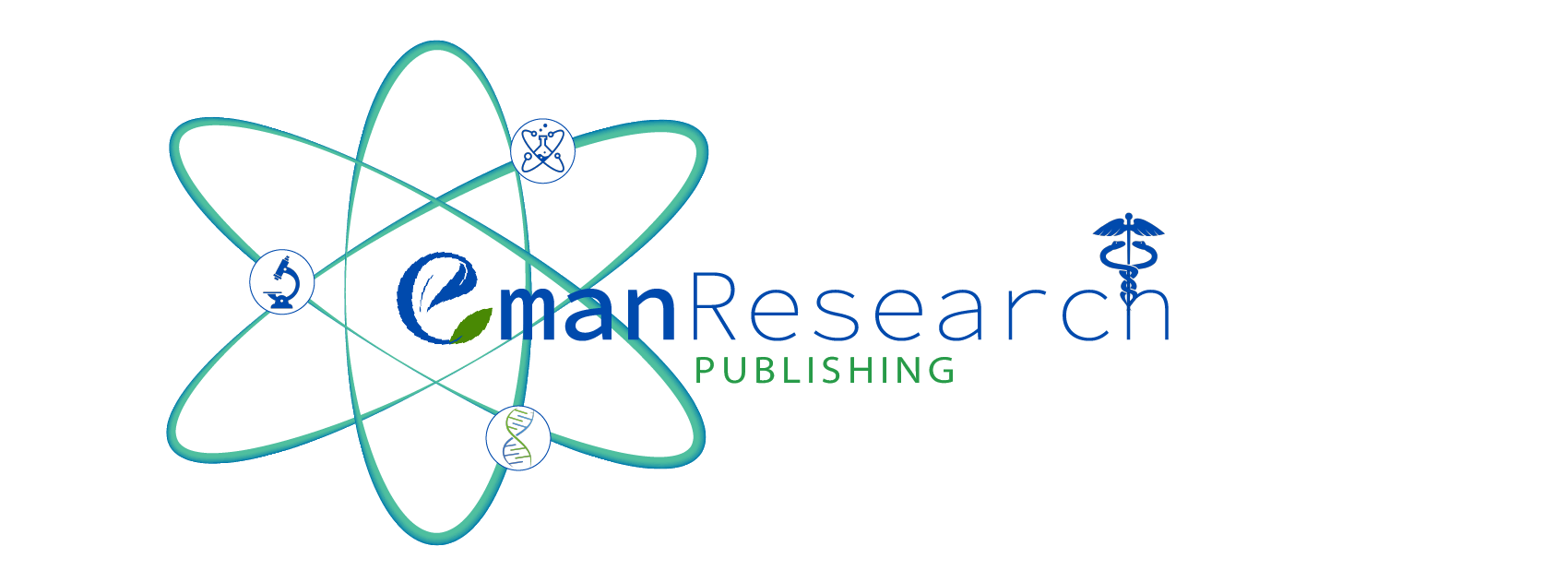Chemopreventive Effects of Curcumin, 10-Gingerol, 6-Gingerol, 10-Shogaol, and 6-Shogaol on Cervical Cancer Cells HeLa and Siha
Unwaniah Abdull Rahim1, Marami Mustapa2, Nur Aishah Che Roos3, Nursiati Mohamad Taridi1, Armania Nurdin4, Yasmin Anum Mohd Yusof1,*
Journal of Angiotherapy 6(3) 722-722 https://doi.org/10.25163/angiotherapy.6339C
Submitted: 24 December 2022 Revised: 24 December 2022 Published: 24 December 2022
Abstract
Introduction: Turmeric and ginger are among the most commonly used food condiments that are studied for their use as chemopreventive agents. Bioactive compounds curcumin in turmeric and gingerol and shogaol in ginger have been shown to modulate multiple cell signaling pathways involved in carcinogenesis including apoptosis, cancer cell survival (PI3K/AKT), inflammation (NF-kB, IL-6, and TNF), and proliferation (EGFR and AP-1) pathways. Very few studies have explored the chemopreventive role of these bioactive compounds in cervical carcinogenesis. This research aims to elucidate the chemopreventive properties of curcumin, 6/10-gingerols, and 6/10-shogaols on cervical cancer cells HeLa and SiHa. Method: MTT assay was used to determine the cell growth inhibition of curcumin, 6/10-gingerols, and 6/10-shogaols in different concentrations ranging from 3 to 100 µM. Results: Curcumin and shogaols are the most potent compounds against both cervical cancer cells. The decreasing order of inhibition effects of curcumin and ginger bioactive compounds on the growth of cervical cancer cells are as follows (mean ± SD, n=3): for HeLa cells; Curcumin (IC50=31.2 ± 1.7µM)> 10-shogaol (IC50=36.3 ± 3.2µM)> 10-gingerol (IC50=65.5 ± 1.5µM)> 6-shogaol (IC50=68.8 ± 2.4µM)> 6-gingerol (IC50=83.3 ± 10.5µM). For SiHa cells; Curcumin (IC50=17.8 ± 2.5µM)> 6-shogaol (IC50=54.5 ± 10.6µM)> 10-gingerol (IC50=69.8 ± 0.8µM)> 10-shogaol (IC50=83.0 ± 9.9µM)> 6-gingerol (IC50=88.2 ± 3.8µM). Conclusions: Our study shows that curcumin and 6/10-shogaols have higher inhibitory effects compared to 6/10-gingerols on the growth of both cervical cancer cells, HeLa and SiHa. The chemopreventive effect of 10-shogaol and 10-gingerol is most likely due to longer carbon chain length which plays a significant role in antiproliferative effects and initiating apoptosis. Further investigations will be conducted to determine the optimal formulation of curcumin in combination with 6/10-gingerol, and 6/10-shogaol compounds against cervical cancer cells.
Keywords: Cervical cancer cell, Chemoprevention, Curcumin, Gingerol, Shogaol
References
View Dimensions
View Altmetric
Save
Citation
View
Share


